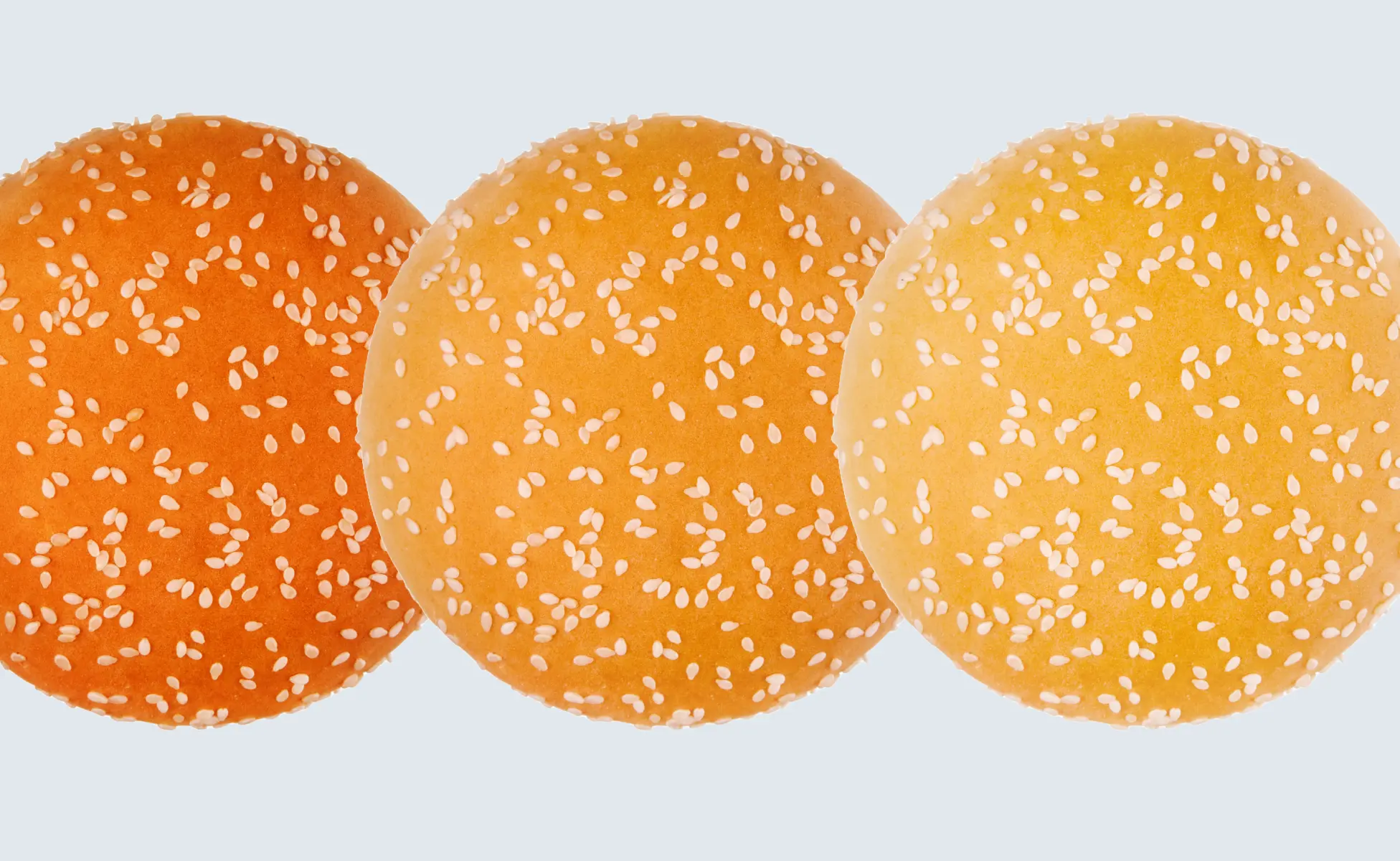Total Oven Control
.webp)
Close the Loop on Oven Performance Control
While automated in many ways today, food production on an industrial scale still has unexpected variables that can impact quality. When ingredients are received, mixed, formed, put through a cooking process, seasoned, and finally packaged, the quality of ingredients, an imbalance of moisture and fat content in the dough, and several other variables can lead to a poor result. This fact is especially true for baked goods and snack foods, where ingredient quality and process control are essential to producing the best products.
Oven balancing is a process control challenge for many producers of baked goods. Many industrial-sized ovens contain multiple overhead heating elements that bake the raw dough in sections. As with all machinery, these elements can begin to run too hot or too cool over time. It is up to the operator to identify these variations and take corrective action to reduce waste and downtime.
Also, a baked product’s composition changes as it advances throughout the process. The data acquired during the analysis of raw ingredients or routine grab samples at various stages do not always transfer into production. Suppose a product exits the oven, appearing underbaked or possibly burnt. In that case, the operator may erroneously blame their oven settings when the moisture of the raw dough is out of specification.
Some bakeries and snack food operations have taken a comprehensive approach to control oven performance. Beginning with measuring moisture and fat content at critical stages in production and continually inspecting the visual aspects of their products allows companies to achieve end-to-end control, reduce waste, maintain ideal product standards, improve operational efficiency, and manage energy costs.
This comprehensive oven control is achieved using in-process near-infrared (NIR) technology in conjunction with Vision Process Control technologies.
Combining At-Line Strategies for In-Line Oven Control
Most baking operations implement an at-line analysis of their products. Let’s use a cookie producer, for example: as part of their routine inspection protocol, 20 cookies are pulled from the production line every hour for analysis. This includes visual inspections – often using color charts, calipers, and possibly colorimeters – and compositional inspection, which may require sending products to a quality lab to analyze moisture, fat content, and other measurable parameters.
This takes a lot of time and costs, but it could be streamlined with the right technology. Additionally, this method often makes it too late to make any oven adjustments.
Firstly, at-line vision measurement systems like the TheiaVu® E-Series system help quality assurance teams speed up visual product assessment by combining all manual measurements into a single conveyor pass. Then, to validate the compositional parameters, at-line NIR analyzers like the KPM QuikCheck or SpectraStar™ XT Series Analyzers have been used as a fast and effective tool to help food producers analyze their products for important quality constituents. These include moisture and fat, protein, ash content, fiber, sugar, and others; all play a critical role in the process.
However, for many companies, at-line NIR insights have helped lay the framework for in-process analysis solutions, including close-loop control of ovens, fryers, belt speed, and other processes where visual and compositional variations occur. These systems can integrate into existing control systems with industry-standard IO protocols, adding valuable data to maximize production efficiency in most food processing environments.
Insights Before and After Baking Simplifies Decision-Making
Let’s return to our high-volume cookie manufacturer example. After flour and other ingredients are mixed, the dough is portioned into individual cookies and then transferred to a conveyor that leads to the oven. At this point, in-line vision inspection and NIR technology can help lay the framework for success.
First, the vision system can determine whether the cookie dough is uniformly portioned by scanning both the 2/D and 3/D aspects of the pre-baked product. Additionally, for products that have inclusions like toppings or designs stamped onto them, the vision system can immediately identify whether those features are sufficient before baking.
Then, an in-line NIR system automatically measures the moisture and fat content of the cookie dough passing on the line. A cookie dough with too much moisture or fat content may not bake all the way through, while too little moisture or fat may burn the product or make it too crumbly.
Once again, in-line vision inspection and NIR can validate a successful baking process as products exit the oven. Suppose one or more heating elements may not be working correctly—both technologies can work together to not only identify whether the oven may be performing out of specification but also help identify where the error could be occurring.
Other Posts in the Series
Related Blog Posts


















